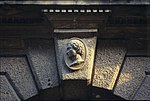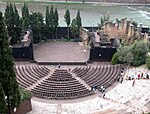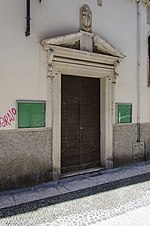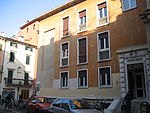Daniele Comboni

Daniele Comboni (15 March 1831 – 10 October 1881) was an Italian Catholic bishop who served in the missions in Africa and was the founder of both the Comboni Missionaries of the Heart of Jesus and the Comboni Missionary Sisters. Comboni studied under Nicola Mazza in Verona where he became a multi-linguist and in 1849 vowed to join the missions in the African continent although this did not occur until 1857 when he travelled to Sudan. He continued to travel back and forth from his assignment to his native land in order to found his congregations and attend to other matters, and returned in 1870 for the First Vatican Council in Rome until its premature closing due to conflict. Comboni attempted to draw attention across Europe to the plight of the people living in poor-stricken areas in the African continent and from 1865 until mid-1865 travelled across Europe to places such as London and Paris to collect funds for a project he started to tend to the poor and ill. His mission to Africa was strengthened with his appointment as a bishop in 1877 for it allowed him greater freedom to establish branches of his order in Khartoum and Cairo amongst other locations. Comboni was beatified in Saint Peter's Basilica on 17 March 1996 and his canonization came on 5 October 2003.
Excerpt from the Wikipedia article Daniele Comboni (License: CC BY-SA 3.0, Authors, Images).Daniele Comboni
Vicoletto Cieco San Giovanni in Valle, Verona Veronetta
Geographical coordinates (GPS) Address Nearby Places Show on map
Geographical coordinates (GPS)
| Latitude | Longitude |
|---|---|
| N 45.446111111111 ° | E 11.005833333333 ° |
Address
Vicoletto Cieco San Giovanni in Valle
Vicoletto Cieco San Giovanni in Valle
37129 Verona, Veronetta
Veneto, Italy
Open on Google Maps











